 © crescendo © crescendo Intro by Skip Cohen I've written a lot about the importance of friendships in this industry. Building those relationships is one of the top reasons to attend every possible convention, workshop and local meeting of photographers you can cram into your schedule. Well, meet somebody who's become a very good friend, Dr. Joan Whitman Hoff. She's a college philosophy professor, but more important to all of us; she's a photographer, along with her husband Stephen and son Charles. I had a chance to catch up with them in Atlanta a couple of weeks ago. This particular post is destined to become one of my favorites. Joan addresses the challenge we all share in analyzing our business - analyzing ourselves! Over the years, I've heard so many artists blame the challenges in building their business on the economy, competitors, the absence of cash, etc. The list of reasons/excuses are endless and always somewhat valid, but rarely does anybody take a serious look in the mirror. Rarely does anybody ask, "What's my image in the community?" Sheila and I have been together as a couple for almost eight years and married for almost six. With every project I've ever questioned about getting involved with, she's always reminded me of one thing, Shakespeare's line of "To thine own self be true." There are ten questions below that Joan has shared to help us all look at ourselves just as much as we look at our customers. She couldn't be more timely in this guest post. For most of you, it's the slow season, and you've got time to think about the answer to each question, and even better, you've got time to modify the process. Being a great photographer or business owner of any kind isn't just about your product, but about your reputation and how you're perceived. Success is only 20% ability and 80% motivation, passion and relationship building! by Joan Whitman Hoff
I have read, and heard, many lessons on the importance of knowing our clients, or our ideal clients, and there is no doubt it is important. Knowing our clients will help to identify their needs, wants, etc., and help us to offer better service to them as individuals. Likewise, as I noted in an earlier post, serving clients entails good ethics, which usually results in good business for us, and good (business) relationships. It is important, however, to keep in mind relationships entail our knowing ourselves. This requires us to be aware of ourselves and to be good critical thinkers. This might sound rather simple, but sometimes we are unaware of the extent to which poor critical thinking undermines relationships and how it undercuts our awareness of how we might truly be treating others, and ourselves. As Skip Cohen has noted, trust is most important in relationships. Trust requires our distinguishing between feelings and thoughts. Trust requires truth and honesty. Though both feelings and thoughts are important in business, and life, they require continual monitoring and assessment. Just as we grow and learn throughout our lives, we need to actively decide who we want to be and what feelings, thoughts, and actions we ‘own’ and how they play a role in our relationships. We ‘try on ideas of others’ to see if they ‘fit us’. What ‘fits’ we keep; what doesn’t, we can ‘delete’. The continual, dynamic process of self-development requires self-awareness. (See George Herbert Mead.) This helps build our integrity. Here are a few questions to reflect upon in this process.
These are just a few of the critical questions at the foundation of self-reflection that can aid in the process of knowing ourselves and our clients, and they can help us to foster better relationships with the people around us, personal and professional. If we want other to trust us, we have to trust, and be able to depend on, ourselves. George Herbert Mead. “The Social Self” in Philosophies for Living; Robert M. Timko and Joan Whitman Hoff, eds. (Pearson Ed. 2001)
0 Comments
One of the fun things about the Internet is how small the world has become. Photographers from all over the world share their passion for their surroundings every day in cyberspace. One of those "space" travelers is Scot Weaver. I often post in the Cache Valley forum on Facebook, introduced to me by my long time buddy, Levi Sim. This is a wonderfully creative group of artists, most of whom live in one of the most beautiful areas of the United States. Well, after a comment on a blog post one day by Scot, I contacted him and made a special request asking him to share images and some of the history of Cache Valley. I love the way he's shared the story of this area of Utah. To enjoy more of his images, visit his website. You'll also find him on Instagram as "scotweaver" and Twitter, "scotdweaver". Scot shared a short bio on his travels with a camera in his hand and I love what he wrote about his passion for his family and running. For more than 20 years I have enjoyed making pictures. My travels around the world have inspired World Photo Creations. I’ve been fortunate to travel to Zanzibar, Australia, Kazakhstan, Tanzania, Germany, Dominican Republic, Czech Republic, England, Peru, Chile, Brazil, Singapore, Hong Kong, Egypt, Jordan, and more. Now residing in Cache Valley’s Wellsville, I've lived in Utah most of my life with brief stints in North Carolina, Texas, Switzerland, and Israel. Besides travel and photography, my passion is running. I have run over 15 marathons and a handful of ultramarathons. Whether photographing or running, there’s nothing better than watching the sun rise from the top of a mountain. I also like to camp and hike and bike and cook. I am grateful to my wife, Lisa, and six children who support me in pursuing my passions. I don't know about you guys, but Cache Valley is now at the top of my bucket list for 2016. I spent a lot of time in Utah over the years hanging out with Don and Gary Blair, but never got to Cache Valley. A BIG thanks to Scot for taking the time to give us a quick tour of his backyard. by Scot D. Weaver Whether under a blanket of fresh winter snow, green from the spring rains, or showing off the earthy colors of fall, northern Utah’s Cache Valley is a mecca for the outdoor enthusiast and photographer. Settled in 1855 by Mormon pioneers, Cache Valley is made up of largely agricultural small towns surrounding Logan, home of Utah State University—and its famous Aggie ice cream. But for many people including myself, the biggest draw to this mountain valley is the easy access to incredible mountains, trails, and scenery in almost any direction. To the west of Cache Valley—and in my backyard—are the Wellsville mountains, widely reputed as the steepest mountains in the world. Originally known as Maughan’s Fort, Wellsville was the first settlement in Cache Valley, founded in 1856. Nestled in the far southwest corner of the valley, Wellsville is home the Rattlesnake trailhead, one of the few trails that lead to Box Elder Peak, the highest point in the narrow mountain range which is known as a popular site for monitoring raptors that migrate along the Wasatch Range in Utah. The Uinta-Wasatch-Cache National Forest to the east of Cache Valley is the home of Logan Canyon, Green Canyon, Smithfield Canyon, Blacksmith Fork Canyon and more…a seemingly endless continuum of rivers, trails, and peaks. The aquamarine waters of Bear Lake—straddling the Utah-Idaho border—are one of the crown jewels of northern Utah and are just an hour’s drive up Logan Canyon. Whether your interests are hiking, camping, mountain biking, fishing, snowshoeing, snowmobiling, or skiing, there are activities for every age and interest. The Limber Pine trail is a kid-friendly 1.3-mile loop with minimal elevation gain that takes you into a fantastic area of the forest with views of Bear Lake. If you’re looking to push your limits just a little more, the hike to Naomi Peak—the highest point in the mountains surrounding Cache Valley is only 3.3 miles from Tony Grove and the Crimson Trail climbs over 1,000 feet in just one mile. Both are worthy hikes but the views are stunning and well worth the effort. I’ve been fortunate enough to call Cache Valley home for nearly 20 years and don’t have any intention to change that anytime soon. For me, it is paradise—literally and figuratively. There is almost no end to the trails to the adventure accessible less than one hour from my front doorstep. Images copyright Scot D. Weaver. All rights reserved.
|
Archives
November 2016
|
© 2019 Skip Cohen University
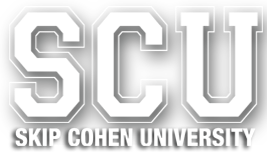


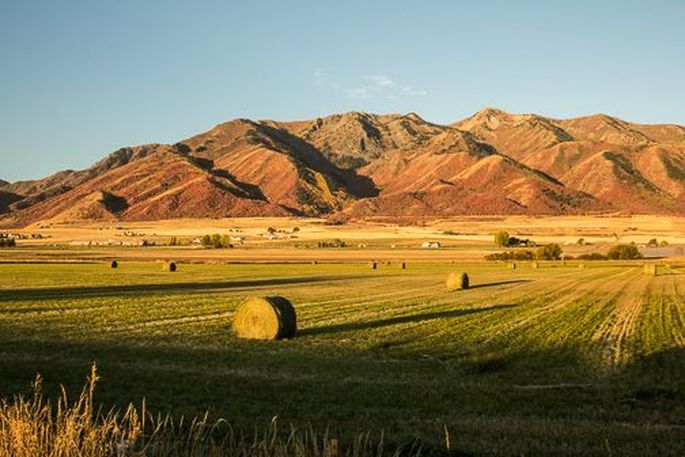
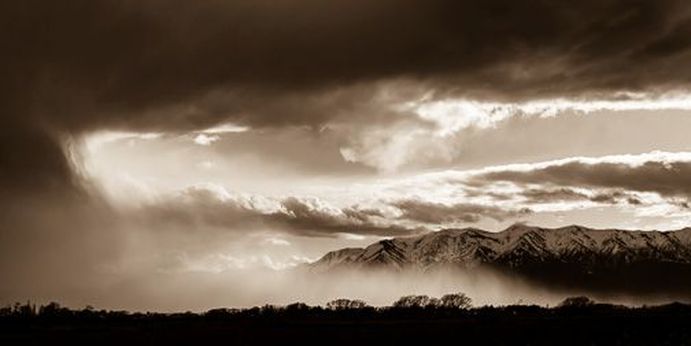
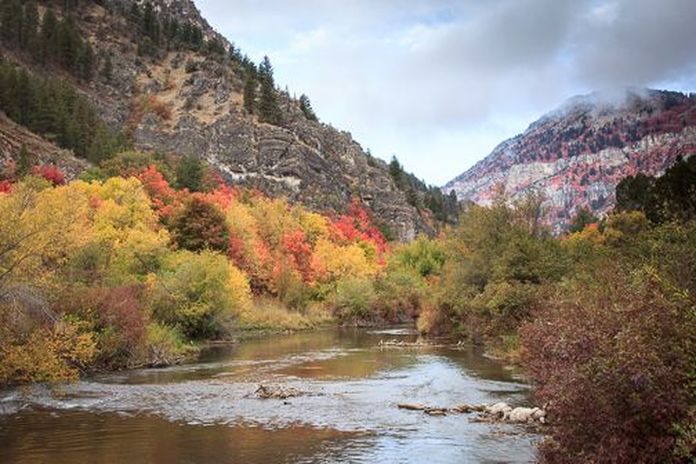
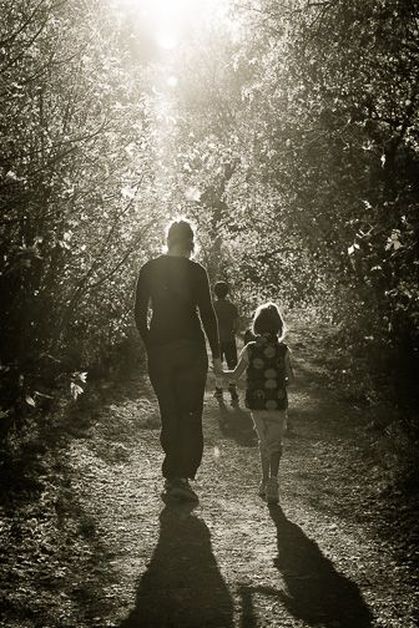
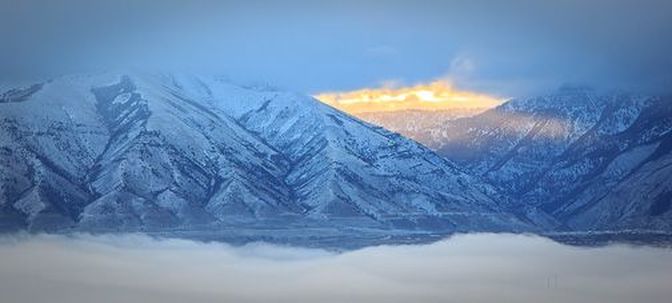
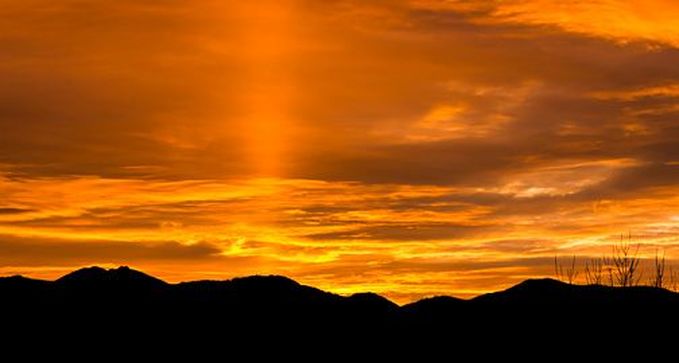
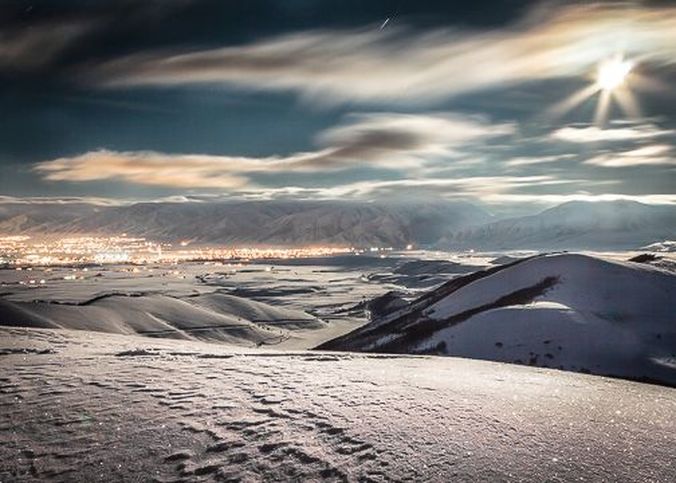

 RSS Feed
RSS Feed